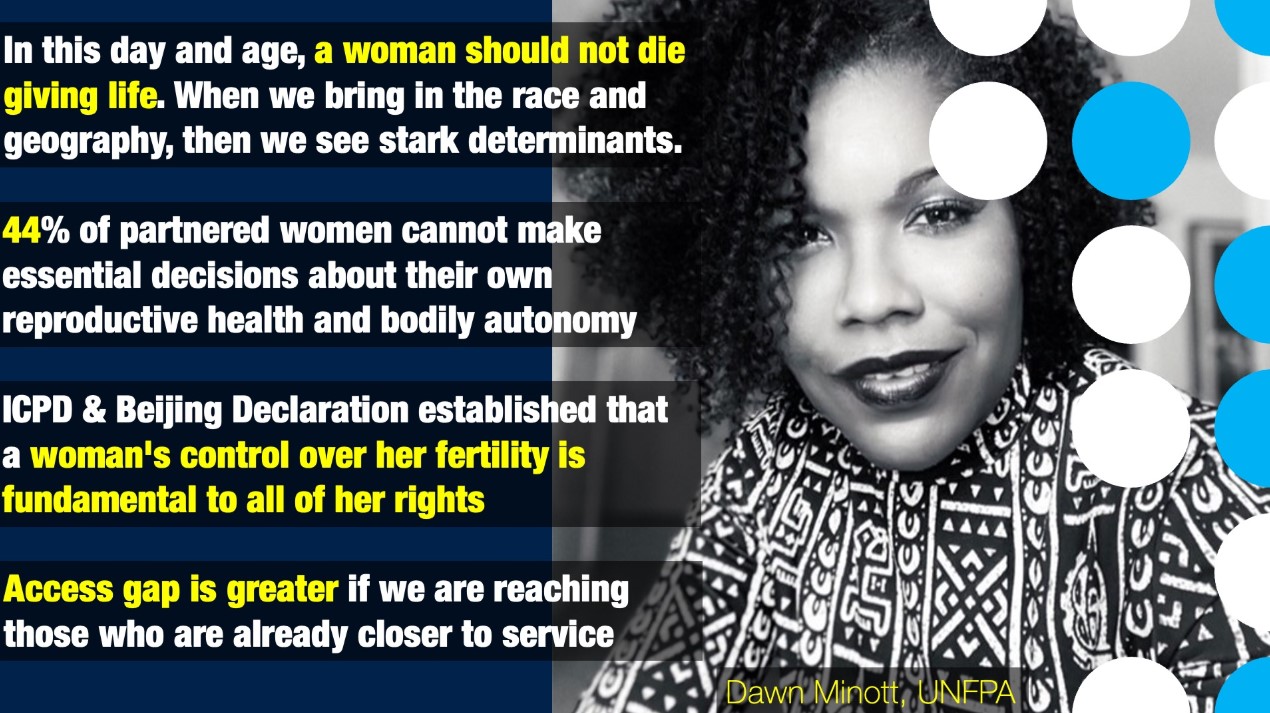HIV has become an aging issue now that more than half of people living with HIV/AIDS in the U.S. are 50 or older. Thanks to advancements in treatment, people with HIV can now live for decades but longevity with HIV is relatively new, under-explored, and under-resourced, and the HIV/AIDS and aging services networks operate almost totally separately, with few age-specific services.
Grantmakers In Aging, a national membership organization of philanthropies, created Moving Ahead Together: A Framework for Integrating HIV/AIDS and Aging Services to help end the painful isolation and improve the care of older people living with HIV.
“People living with HIV age into a sort of no man's land that can be a lonely and potentially dangerous place,” said John Feather, Ph.D., CEO of Grantmakers In Aging (GIA). “Aging services and HIV services both deliver excellent care but have no history of working together, and people aging with HIV can get lost. The need for greater coordination, expertise sharing, and inclusion has been strongly affirmed by leaders in both sectors, and, importantly, by people who are themselves aging with HIV/AIDS.”
A Blueprint for Integrating Aging and HIV Services
The framework covers three areas: social complexities and challenges, including low awareness of the issue and the stigma and social isolation many older people with HIV face; the need for a whole-person approach to coordinate medical, mental, and behavioral health care with social and psychosocial support; and updating state and federal policies.
For example, the framework calls for efforts to:
- Help geriatricians and primary care providers build their knowledge of HIV in older people, including testing, prevention, sexual health counseling, and considering HIV in diagnosis.
- About 17% of new HIV infections happen among people age 50+.
- About 17% of new HIV infections happen among people age 50+.
- Incorporate principles of trauma-informed care and increase the cultural competency of providers and staff in all care settings, including senior centers and long-term care, to create a welcoming and inclusive atmosphere.
- Trauma, stigma, and fear of rejection or being “outed” in an unfamiliar care setting can drive older people living with HIV away from treatment and into isolation.
- Help HIV specialists gain expertise in geriatrics issues (multiple chronic conditions, geriatric syndromes, medication management, cognitive impairment, etc.) and in HIV’s effect on the aging process.
- Co-locate or coordinate HIV and aging services, including social work and social services, to help people manage complex care needs.
- Improve access to mental and behavioral health care, and educate providers that trauma is part of the experience of many people aging with HIV, including long-term survivors.
- Address psychosocial challenges, such as isolation, and social determinants of health, such as food insecurity, unstable housing, disability, and poverty.
- Prepare Medicare, Medicaid, and long-term services and supports (LTSS) to meet the medical and social needs of people aging with HIV.
- Expand caregiving options and research for HIV-specific concerns about cognitive decline, dementia, and Alzheimer’s disease.
- Make existing policies more inclusive, such as adding aging issues to the federal Ending the HIV Epidemic (EHE) plan and reconsidering eligibility for aging services.
- The accepted age for onset of aging in people with HIV is 50, but eligibility for many federal and state aging programs starts at 60 or older.
These recommendations were guided by the distinguished Moving Ahead Together steering committee, comprised of leaders in the aging and HIV service sectors, and by participants in a virtual summit.
A Racial and Social Justice Issue
The Framework also examines outdated assumptions about HIV, social justice issues such as racial disparities in prevalence and access to care, and parallels between the AIDS epidemic and COVID-19.
Respecting the Denver Principles of ensuring meaningful involvement by people with HIV in decisions that affect them, the report also includes first-person reflections and video interviews with older people living with HIV, and all featured artwork was created by older people living with HIV.
GIA’s multi-year Moving Ahead Together initiative and this report are supported by a grant from Gilead Sciences. For more information, please click here.
About Grantmakers In Aging (GIA)
Grantmakers In Aging is a national membership organization of philanthropies. Believing a society that is better for older adults is better for people of all ages, GIA acts as a relevant and responsive network, resource, and champion, amplifying the voices of older people and issues of aging. Our vision is of a just and inclusive world where older people are fully valued, recognized, and engaged in ways that matter.

 Grantmakers In Aging, a national membership organization of philanthropies, created Moving Ahead Together: A Framework for Integrating HIV/AIDS and Aging Services to help end the painful isolation and improve the care of older people living with HIV.
Grantmakers In Aging, a national membership organization of philanthropies, created Moving Ahead Together: A Framework for Integrating HIV/AIDS and Aging Services to help end the painful isolation and improve the care of older people living with HIV.




.jpeg)
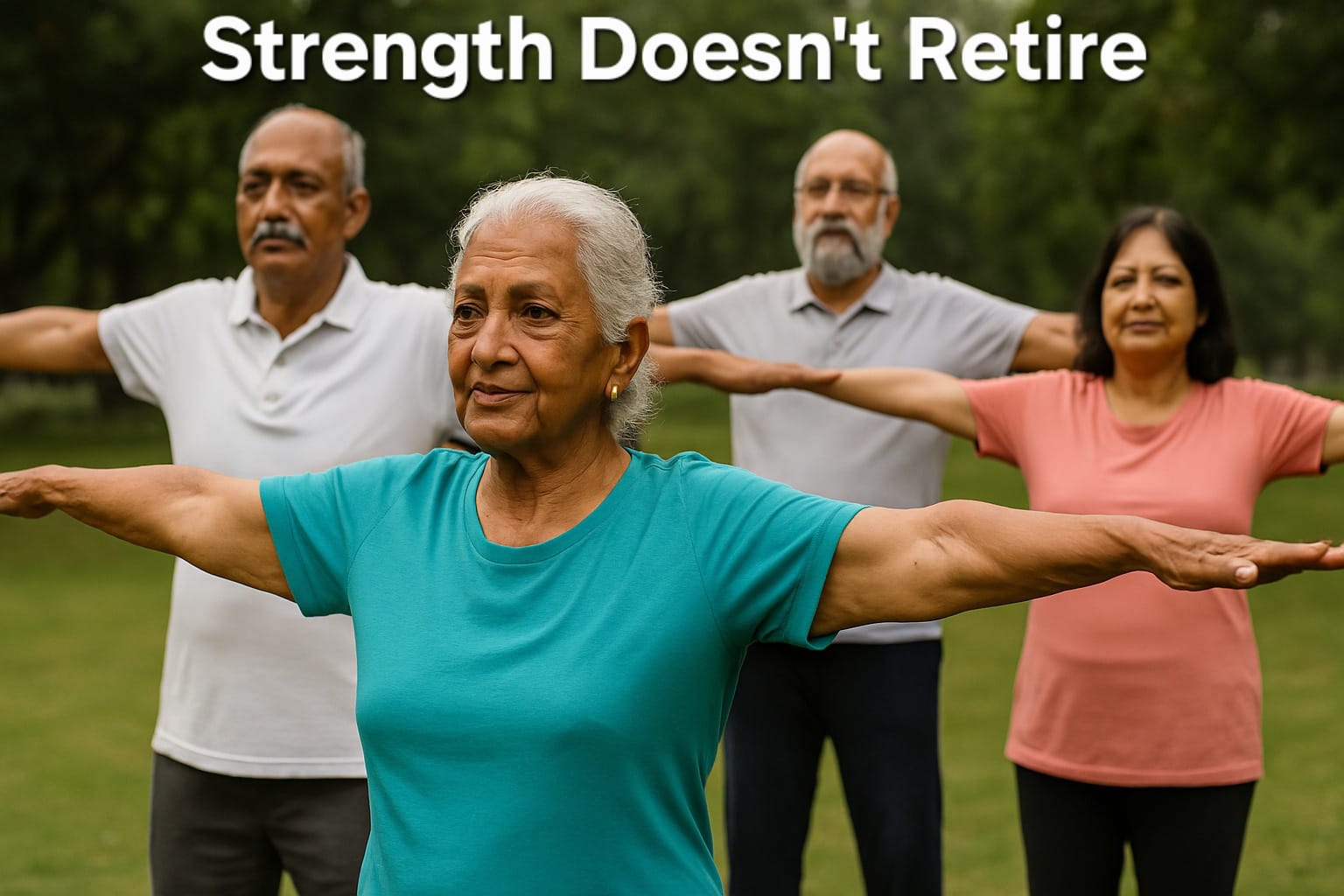
.jpeg)

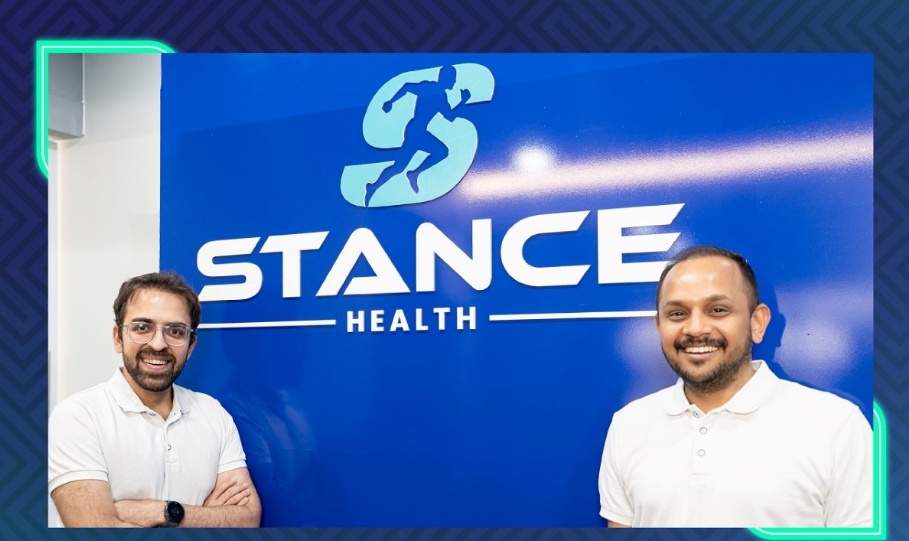
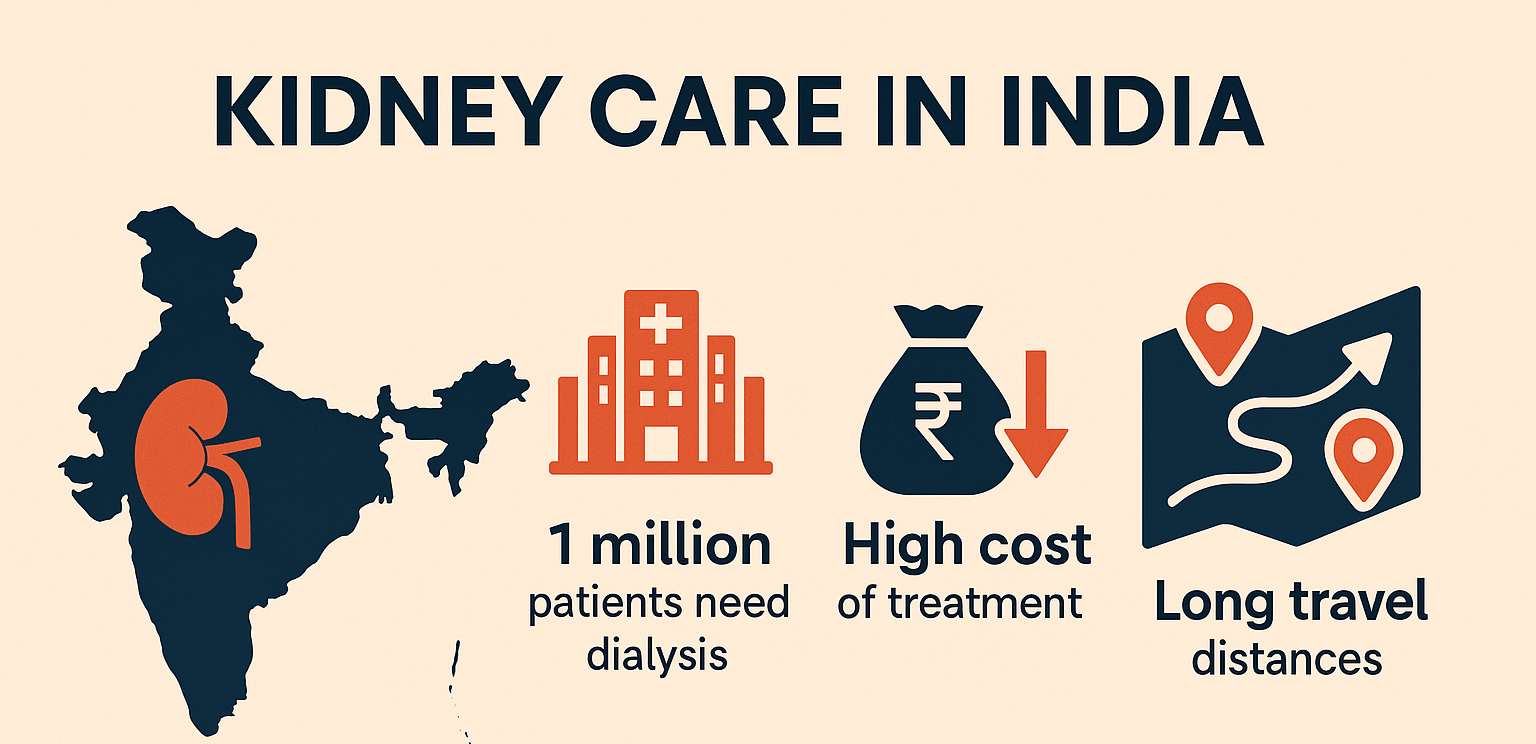


.jpeg)






.jpeg)

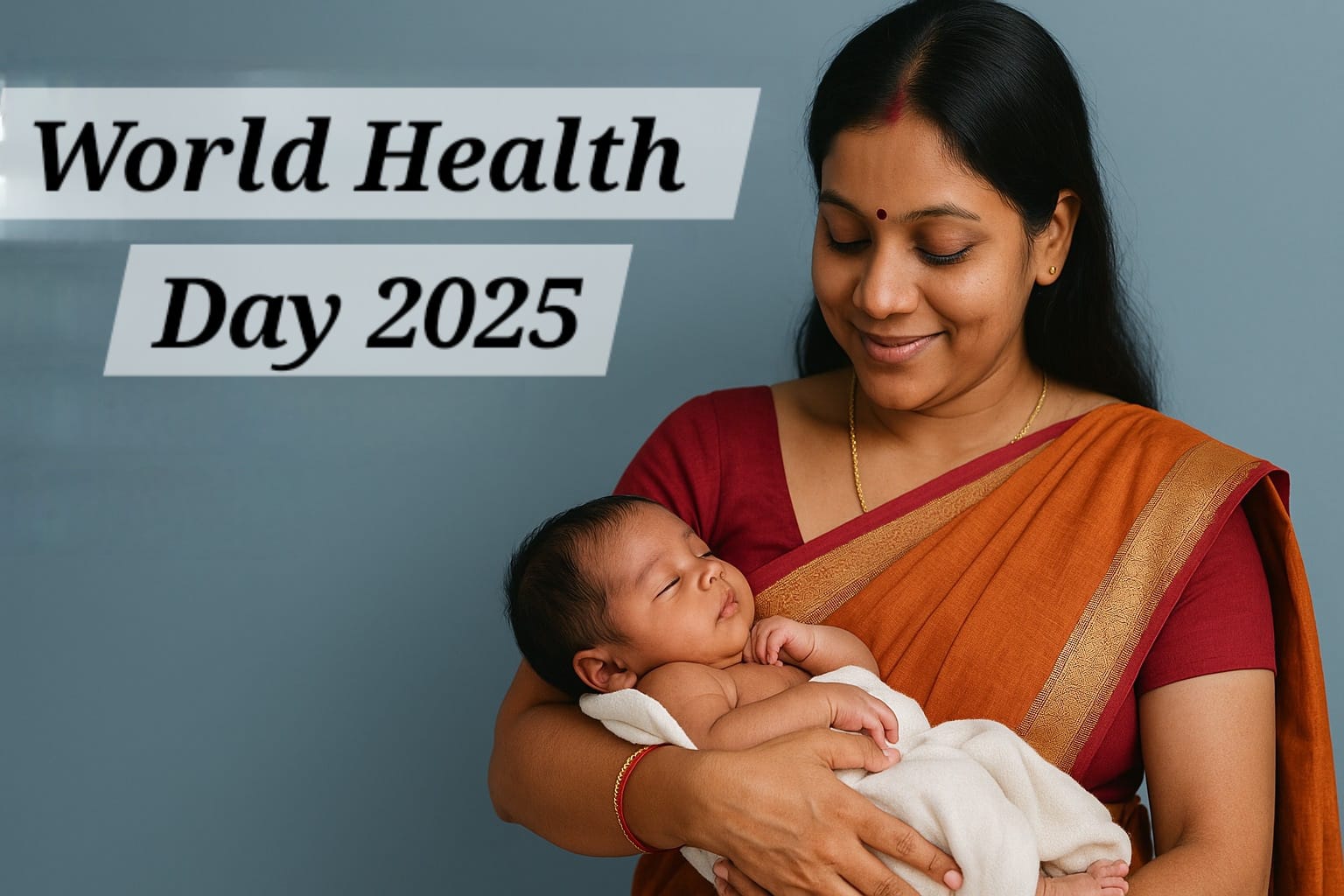


.jpeg)

